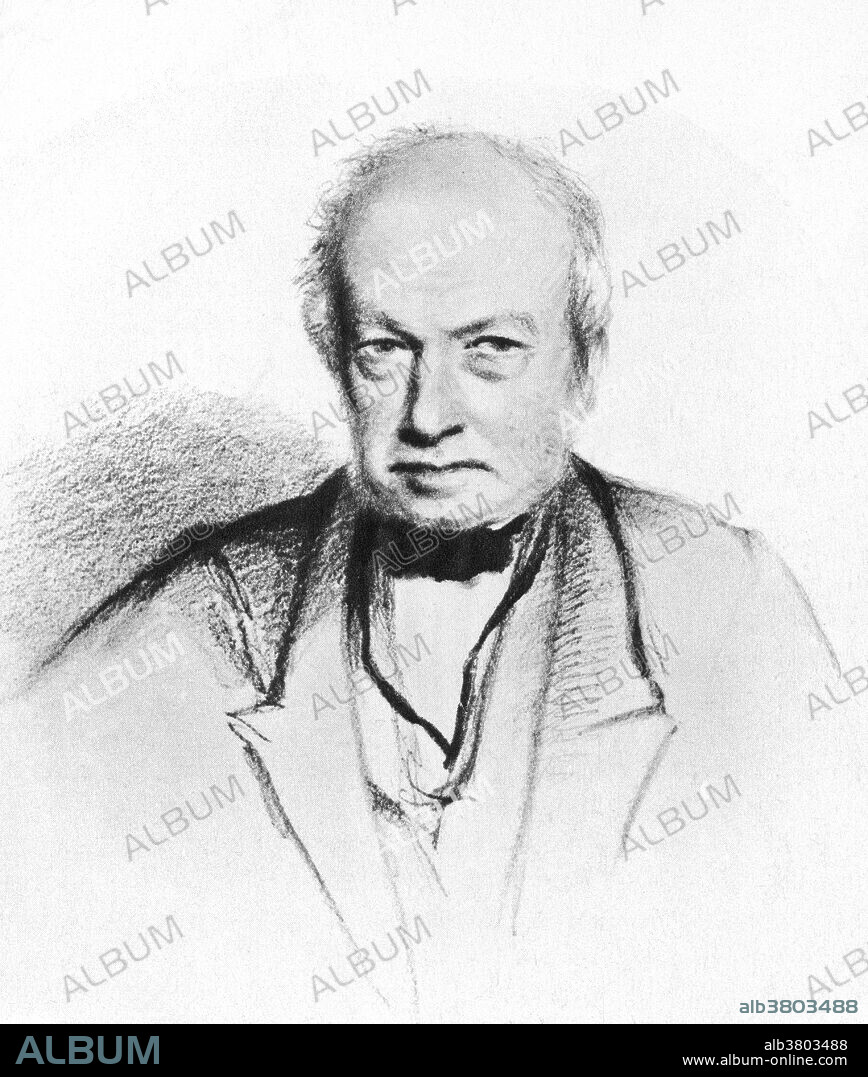alb3803488
Robert Brown, Scottish Botanist

|
Zu einem anderen Lightbox hinzufügen |
|
Zu einem anderen Lightbox hinzufügen |



Haben Sie bereits ein Konto? Anmelden
Sie haben kein Konto? Registrieren
Dieses Bild kaufen.
Nutzung auswählen:

Titel:
Robert Brown, Scottish Botanist
Untertitel:
Siehe automatische Übersetzung
Robert Brown (December 21, 1773 - June 10, 1858) was a Scottish botanist and paleobotanist who made important contributions to botany largely through his pioneering use of the microscope. He enrolled to study medicine at the University of Edinburgh, but developed an interest in botany, and ended up spending more of his time on the latter than the former. His contributions include one of the earliest detailed descriptions of the cell nucleus and cytoplasmic streaming and early work on plant pollination and fertilization. He was the first to recognize the fundamental difference between gymnosperms and angiosperms. In 1827, while looking through a microscope at pollen grains in water, he noted that the grains moved through the water but was not able to determine the mechanisms that caused this motion. The direction of the force of atomic bombardment is constantly changing, and at different times the pollen grain is hit more on one side than another, leading to the seemingly random nature of the motion. This type of phenomenon is called Brownian motion (pedesis). He also made numerous contributions to plant taxonomy, including the erection of a number of plant families that are still accepted today. After the division of the Natural History Department of the British Museum into three sections in 1837, he became the first Keeper of the Botanical Department, remaining so until his death in 1858 at the age of 84.
Bildnachweis:
Album / Science Source / New York Public Library
Freigaben (Releases):
Bildgröße:
3682 x 4345 px | 45.8 MB
Druckgröße:
31.2 x 36.8 cm | 12.3 x 14.5 in (300 dpi)
Schlüsselwörter:
BERÜHMT • BERÜHMTE PERSÖNLICHKEIT • BOTANIK • BRAUN • BRÜNETT • ENTDECKER • EUROPAEER (F M) • EUROPAEER • EUROPÄER (F M) • EUROPÄER • EUROPÄISCH • FORSCHER • ILLUSTRATION • ILLUSTRATIONS • MANN • NATURKUNDE • NATURWISSENSCHAFT • NATURWISSENSCHAFTLER • NOTABEL • PERSON • PERSöNLICHKEITEN • PERSÖNLICHKEITEN • PORTRAIT • PROMINENZ • WISSENSCHAFT: ENTDECKER • WISSENSCHAFT: FORSCHER • WISSENSCHAFTLER • WISSENSCHAFTLICH
 Pinterest
Pinterest Twitter
Twitter Facebook
Facebook Link kopieren
Link kopieren Email
Email
